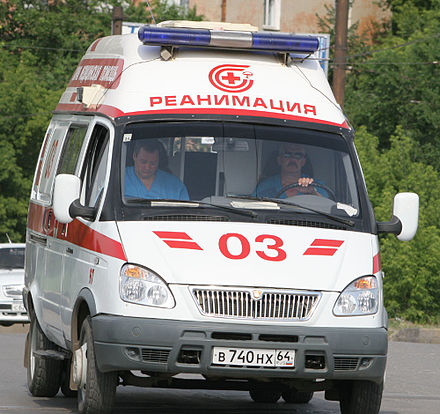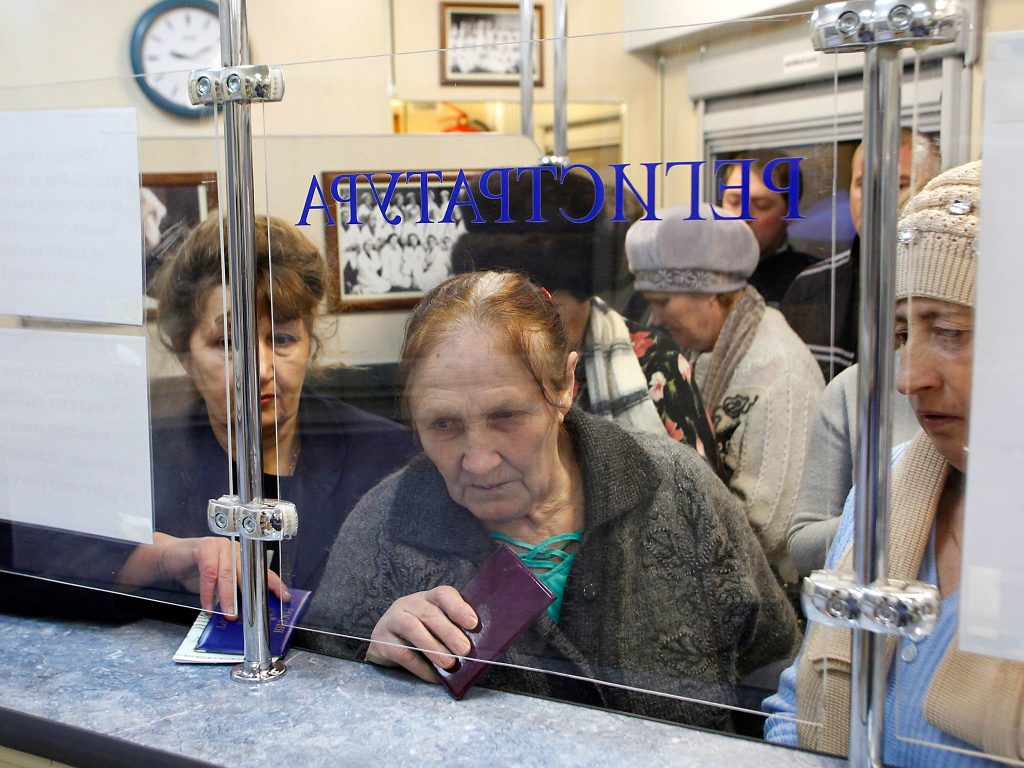
The current healthcare system in Russia has its roots in the early 1990s and the collapse of the Soviet Union. The constitution of the Russian Federation, which was adopted in 1993, gave citizens the right to state-funded healthcare. Russia routinely places near the bottom of lists ranking the healthcare systems of developed nations. The constitution also introduced a number of changes to how state healthcare in Russia was managed and paid for. While in theory, every citizen has health care out of a public fund, in practice everybody is required to have private insurance. The access to healthcare and the quality are mostly determined by socioeconomic status, location and other external factors.
The plan was to replace the Soviet era Semashko model, which was a multitiered network of service providers connected by a referral network, with a system of compulsory insurance. The compulsory insurance system was funded through payroll taxes and budgetary contributions from regional and local government. After little progress in the 1990s, reforms were created in the 2000s. Reforms included the provision of funding for medical equipment for clinics and hospitals, the construction of medical centers and the relaunch of vaccination programs. However, any progress that was had was either stalled or even backtracked in the 2010s in large part due to the economic crisis that began in 2014.
The crisis in Russia’s healthcare system has continued for a number of years. Even with the large number of hospitals and army of medical doctors, they have been unable to provide the people with an acceptable level of healthcare services. This is mostly due to a lack of funds, medical equipment and supplies. It is also due to the ineffective organization of healthcare delivery services. As a result, the quality of services and their accessibility remains quite low. The recent economic crisis did not create the crisis in the health care system, but it did worsen it. Currently, the healthcare system is financed at just the survival level.

Left with insufficient funds, many medical organizations tried to operate independently. As a result, people now have to pay for services that they use to receive for free. In some cases, the charges for treatment have become very expensive. The growing number of directly paid services has created some possibilities for choice, but that is only relevant to the small part of the population that can afford it. To the remaining majority, conditions for obtaining medical care worsened. This process has not led to the creation of new supporting funds, but, on the contrary, has stimulated the irregular and often illegal usage of state institutions.
Healthcare in Russia is composed of four systems; public, parallel, private and NGO. The public system is the biggest, with federal, regional and municipal authorities managing polyclinics, hospitals and research centers. The parallel system is for government personnel and their families as well as those covered by voluntary insurance. It is also available to the public on a paid access basis. The private system is small and is mostly in urban areas. There is also a voluntary health insurance system, that is purchased mostly by employers and provides access to top level facilities. The NGO system primarily focuses on advocacy.
Conditions in Russian medical centers and hospitals are abysmal. Both foreign and Russian patients have documented their less than satisfactory stays. From dirty conditions that include cockroaches and mold to blood just being everywhere. As well as drunk doctors and doctors performing wrong or unnecessary procedures. There is a pain medication shortage and terminal patients in dire need receive little or none, with around 300,000 dying without any relief. There are at least 17,000 towns or villages where there are no medical facilities. Medical workers in rural communities can make as little as $250. Funds allocated to healthcare have decreased exponentially and continue to do so.
